A section on crystal oscillator characteristics is on page 1255 of the AT32UC3C series datasheet (complete as opposed to summary).

The value of CLEXT is based on the formula:
$$2(C_L - C_I) - C_{PCB}$$
The 20MHz crystal you selected, for example, has a 10pF load capacitance (\$C_L\$), denoted by the "Q" near the end of its part number (See the part numbering reference). The internal equivalent load capacitance (\$C_I\$) is 1.7 pF (per page 1256 of the AT32UC3C datasheet). This leaves just the PCB (stray) capacitance (\$C_{PCB}\$) to be determined. That can get complicated, so we'll use a "rule of thumb" of 5pF.
$$2(10 - 1.7) - 5 = 11.6pF$$
For more information see:
